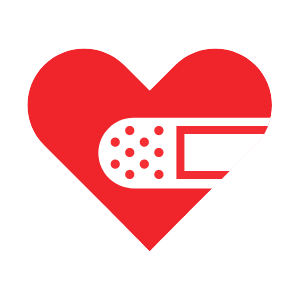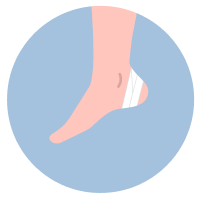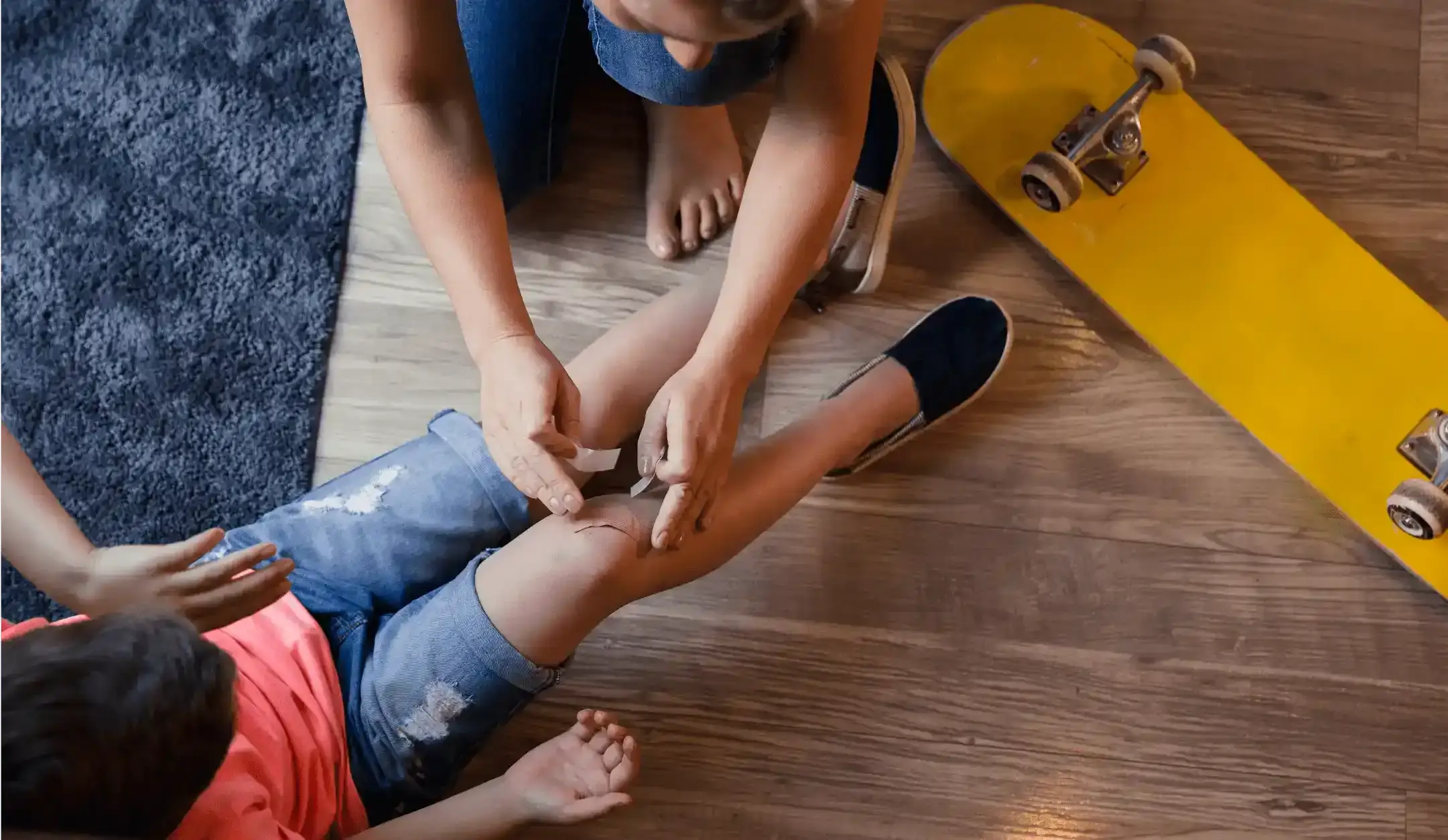What Are Blisters?
A blister is simply a fluid-filled bump on the skin. While often uncomfortable and annoying, especially when they rub, they are the body’s way of protecting our skin from further damage.
The good news is they can be easily treated at home and may even be prevented if the proper precautions are taken.
Blisters typically come in three forms – friction, heat and blood blisters.1
What Causes Blisters?
Different blisters have different causes.
Blood blisters: Usually formed by pinching the skin, which breaks blood vessels in the injured area. The blood pools from the damaged vessel and forms a blister1
Friction blisters: Caused by repetitive rubbing. The damaged area fills with a clear fluid to protect the damaged skin while it heals. This is typically what causes blisters on your feet, as ill-fitting shoes rub against your skin. You may also get them on your hands from manual labor, such as digging1
Heat blisters: Formed by burns or sunburn, or frostbite. Blistering skin is part of a second-degree burn1
What Does a Blister Look Like?
They may vary in size, but all blisters look like bubbles forming under your skin.1 They’re usually filled with clear, watery fluid, but may be filled with blood in some cases.1
What Is The Fluid in a Blister?
The fluid inside a blister is called serum.2 It leaks from surrounding tissue when your skin is injured.2 The serum provides a natural protective barrier for the damaged skin beneath it, helping it heal.2
If a blister looks red or pink, that may be because it is filled with blood from a damaged blood vessel.1
What to Do with A Blister: Top Tips for Blister Treatment
Though it may be tempting, an important thing to remember is to avoid popping or bursting your blister.1 The liquid inside your blister helps to protect the damaged skin beneath, so popping it could disrupt the healing process.2
How to Treat a Blister
Whether you have blisters on your fingers, hands, feet or toes, the treatment process is usually similar. They’ll generally heal up on their own, but you can help the process along with a few simple tricks.1
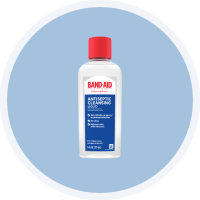
Wash the area gently with a mild soap, but don't rub too hard as this could burst the blister1 or apply an antiseptic wash
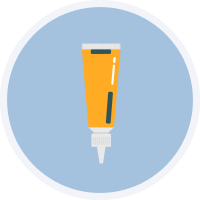
Gently apply antibiotic cream or ointment to minimize the risk of infection1
How to treat an open blister
Gently wash the area with clean water3
Leave the flap of skin over the top of the blister unless it’s dirty, torn, or you can see pus underneath it3
Smooth the flap over the tender skin to stop it from catching on anything and protect the wound3
Apply a thin layer of antibiotic ointment and a bandage3
Change the dressing once a day or when it gets wet or dirty3
What to Put on a Blister

Treatment for open blisters
Protect burst blisters with a secure bandage:
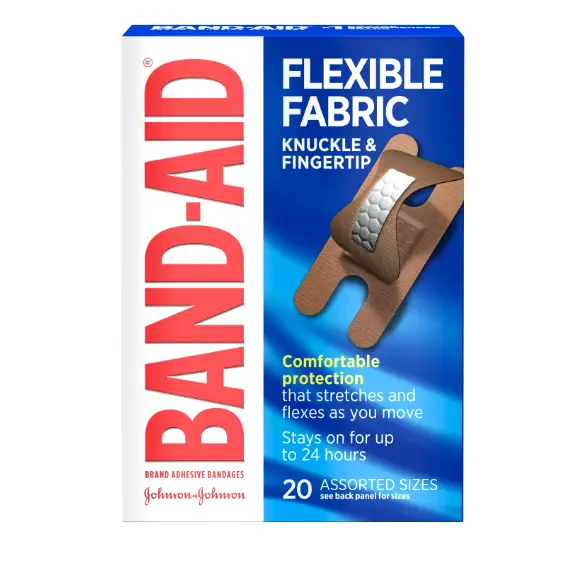
Treatment for blisters on fingers
Use a flexible bandage that will allow your fingers to move without disrupting your blister:
BAND-AID® Brand Flexible Fabric Bandages Knuckle & Fingertip
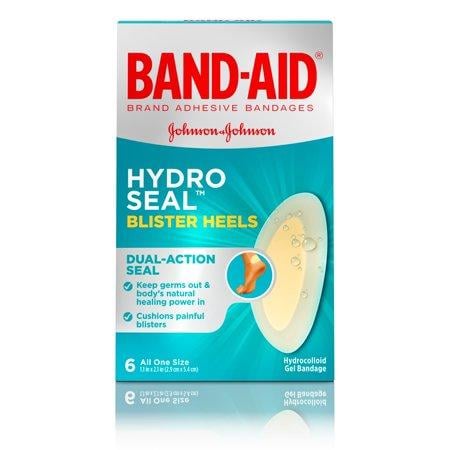
Treatment for blisters on feet
If you have a blister on your heel, a medium-sized or large blister patch will help prevent pain and discomfort from rubbing:

Treatment for blisters on toes
These waterproof bandages seal out dirt, germs, and water and provide an optimal wound healing environment:
BAND-AID® Brand HYDRO SEALTM All Purpose Hydrocolloid Bandages
BAND-AID® Brand is the number-one doctor recommended first aid brand. Browse our full range of products today.
How to Prevent Blisters
Preventing blisters usually requires a mixture of preparation and caution. Different techniques and products protect against different kinds of blister.1
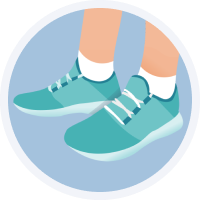
How to Prevent Blisters on Soles of Feet
Make sure your shoes fit properly, so they’re not too tight, or your feet don't slide around inside them1
Wear socks to reduce rubbing1
Add insoles to give the balls of your feet more cushioning1
Break-in new shoes before wearing them for extended periods1
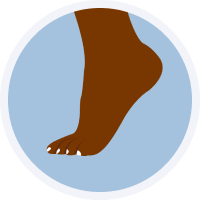
How to Prevent Blisters on Heels
Make sure your shoes fit and do not rub1
Wear in new shoes before wearing them for extended periods1
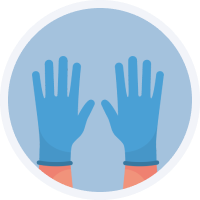
How to Prevent Blisters on Hands
Wear gloves to protect your hands if you plan on doing a lot of DIY work around the house or digging in the garden1
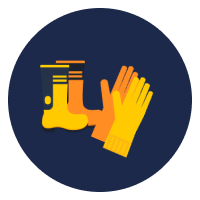
How to Prevent Blood Blisters
Stay alert when using tools that might pinch1
Wear gloves or protective clothing when working with pruners, strong pliers or other tools that can pinch1
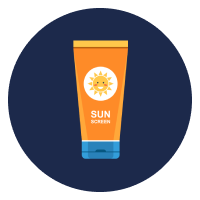
How to Prevent Heat Blisters
Use sunscreen to protect your skin from the sun1
Take care with hot items or when working around a fire1
Wear weather-appropriate clothing, such as gloves and thermal socks, to avoid frostbite1
FAQs
How long does a blister take to heal?
Blisters typically heal on their own in a few days.1 Keeping blisters bandaged and wearing comfortable shoes if your feet are blistered will help the healing process.1
What does an infected blister look like?
If your blister becomes infected, you might notice the following changes:
Swelling and redness around the blister1
The skin around the blister becomes warm to touch1
Red streaks around the wound3
Increased drainage3
Milky-white pus inside or draining from the blister1,3
Increased pain1
Can I put cream on my blister?
Keeping the blister clean is key to helping it heal, whether it is broken or intact. Use an antibacterial cream or ointment such as NEOSPORIN® Antibiotic Ointment to help the wound heal and reduce the risk of infection.
How do you prevent blisters when running?
When you buy new running shoes, make sure they fit and don't pinch or rub the skin on your feet.1 Before heading out for your first run, break in your running shoes by wearing them around the house.1
Why shouldn’t you pop a blister?
Popping your blister can remove the protective layer of skin and fluid, leaving your wound more vulnerable to infection.1

